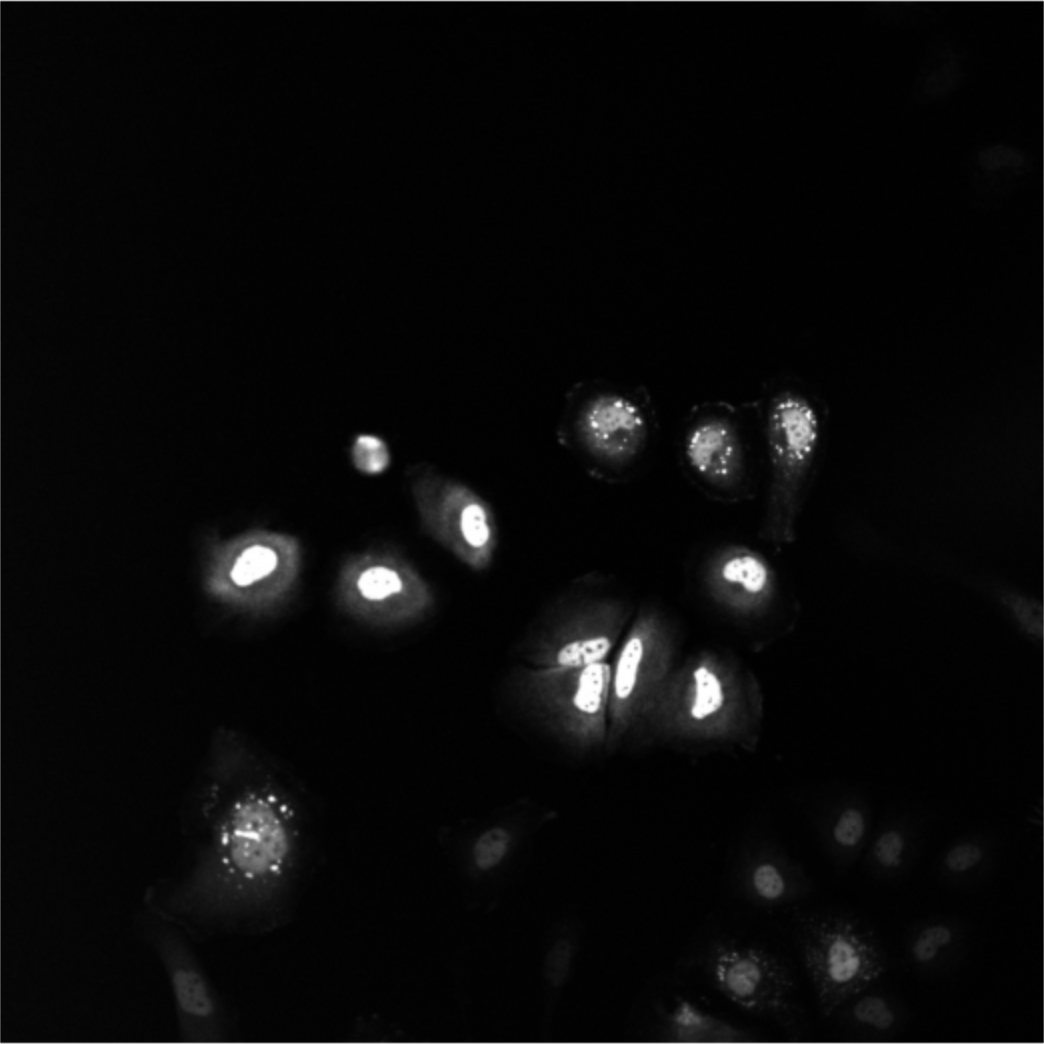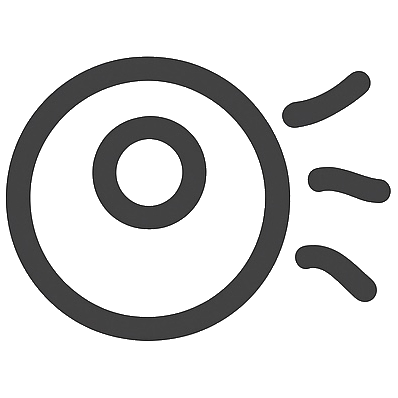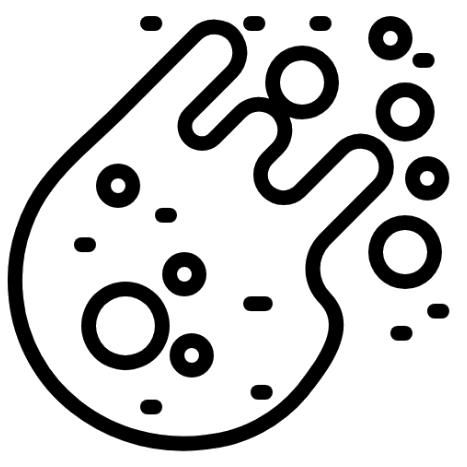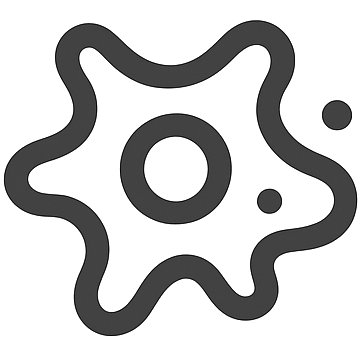AI-powered models that automate in vitro analytical workflows for biotech, pharma, and life science research.

From raw z-/t-stacks to analysis-ready metrics with reproducible pipelines, batch processing, and a developer-friendly API.
Custom pre-trained models for organelles — plus lineage-aware tracking.
Scale analysis using cloud GPUs with queueing, retries, and monitoring.
Growth curves, motility tracks, toxicity scores and morphology descriptors packaged as CSV, JSON, and PDF reports.

| Shape index: 1.3 - 1.7 | Cell division counts: 2 | Orientation: 0-20° |
| Solidity: 0.85 - 0.97 | Aspect Ratio: 1.2 - 2.0 | Circularity: 0.65 - 0.90 |
AI-powered assays designed to capture the full dynamic behavior of your cells throughout the experimental lifecycle.

Quantify proliferation and doubling times using direct cell counts, observed division events and confluence measurements over time.

Track individual or collective cell movements with speed, persistence, and total distance metrics.

Measure cell death kinetics, survival fractions, and compound dose-response effects in real time.

Characterize shape, texture, and feature changes across populations to identify phenotypic shifts.
# Upload z-stack → Select assay → Run
POST /api/v1/jobs
{
"assay": "growth",
"model": "nuclei_v2",
"storage_url": "s3://my-bucket/stack1.tif"
}
Full API documentation available in the docs section.
Supporting a wide range of R&D and discovery workflows — from small molecule screens to advanced cell-based therapies.
Automate phenotypic screening and identify compound effects using AI-derived cell behavior metrics.
Detect and classify bioactive responses to small molecules and natural products in high-throughput assays.
Monitor proliferation, viability, and phenotype consistency of therapeutic cell populations in real-time.
Track clonal growth, stability, and expression profiles to accelerate development of robust production lines.
Characterize hybridoma or B-cell cultures by morphology and viability for efficient candidate selection.

Our infrastructure meets AICPA Trust Service Criteria for security, availability, and confidentiality.
Start today and see how iLABS can accelerate your research.
Get Started